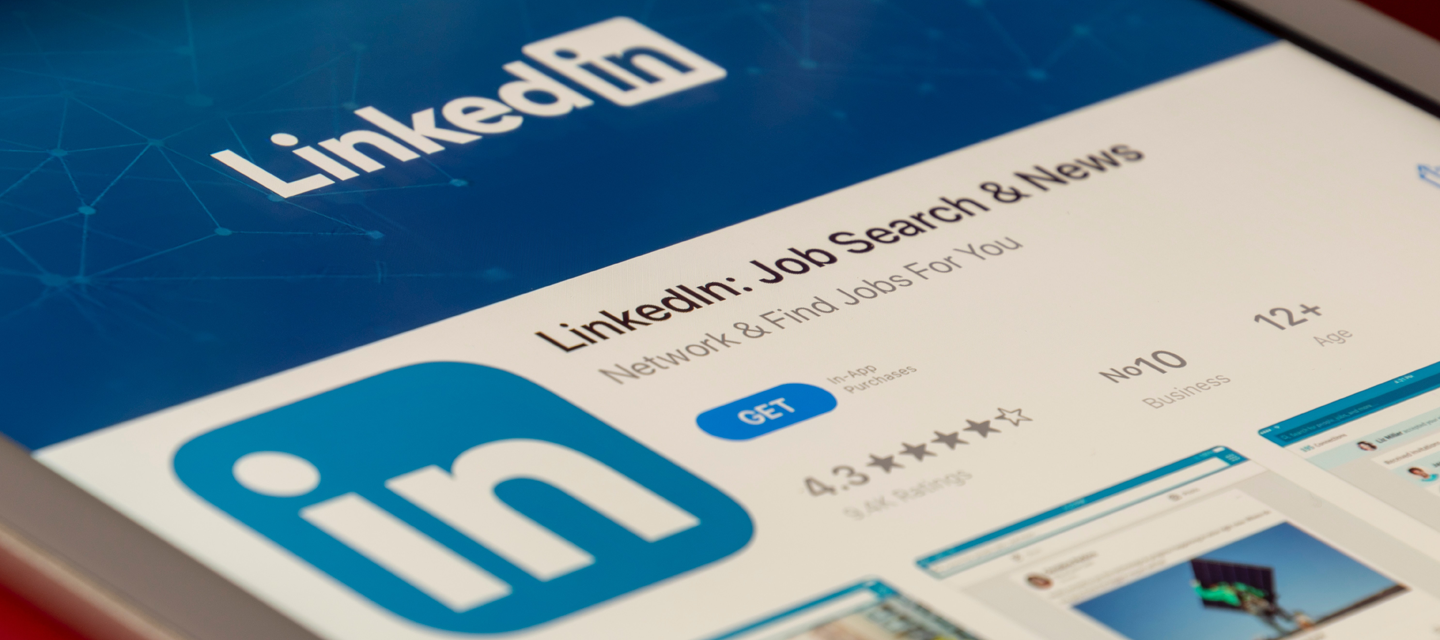Programmatic Advertising: A Short Guide
In 2014, programmatic advertising started to gather more attention. By the end of the year, global spending was predicted to …
In 2014, programmatic advertising started to gather more attention. By the end of the year, global spending was predicted to be over $16bn, and is set to double by 2017.
But what exactly is programmatic advertising and is it any different to current online advertising opportunities?
Defining programmatic
“Programmatic advertising” is a broad term for advertising that is bought and sold using data and software. Buying and selling is done automatically and in less than a second. The use of data is key as it means adverts are being shown to a targeted audience on sites they use and at the times they browse.
To fully understand, we need to step back in time and look at how online ads were bought.
The “old” way
Online advertising started by allowing advertisers to buy blocks of impressions on a website. This would be done over the phone or even in person. Very Mad Men and everyone would see the same ad when they landed on the website.
Then came Real Time Bidding (RTB).
RTB allows ad sellers to hold auctions for ads on websites – the highest bid wins. The biggest advantage to RTB is that it can serve different ads up to users on the same site based on user data. The ads are more effective as they are more likely to reach the right person at the right time.
RTB sounds like programmatic…
Well that’s because it is. RTB is a part of what makes it work – as Admonsters has put it “RTB is but one flavor – let’s say rum raisin – at the ice cream shop known as programmatic trading.”
One of the biggest advantages of programmatic is that is more efficient and quicker than humans working out the best place for ads and trying to bid on them. But what if you wanted to buy an ad package directly from one publisher? Programmatic also lets you do that without talking to them and this is called “programmatic direct”.
One of the issues associated with programmatic is the lack of control over where ads can be placed – there are concerns that ads will end up on low-quality websites and not deliver enough value. Another evolution has been “programmatic premium”. The definition of this is wide-ranging and differs. The main ways I’ve seen it described are:
- Access to high-quality publishers, e.g. Time Inc – these types of publishers want good-quality advertisers so RTB was seen as risky. Ad networks have now evolved to manage ads for these publishers that still retain quality. The word premium here is applying to the seller.
- Better placement/viewability for ads.
Direct and premium cost more than RTB so are not an option for every company.
Are there any reasons not to do programmatic?
One of the biggest issues facing it is “click fraud” where bots are making the clicks, not real people. The New York Times has reported that it accounts for 25% of video ad views and 10% of display ads. Rocket Fuel, a programmatic media-buying platform, came under fire in August for a Mercedes-Benz campaign where over 57% of the clicks were identified as fraudulent. Steps are being taken by industry bodies to fight it but there has yet to be good solution to the problem.
This is understandably off-putting to both buyers and sellers. However, you need to weigh this up against programmatic advertising’s ability to put your ad in front of the right audience quickly and efficiently.
How would I run a programmatic advertising campaign?
In many respects it not different from any other PPC campaign you would run:
- Know your audience – their devices, behaviour and demographics such as location
- Create great ads
- 43% say that “aesthetically pleasing” ads were important when interacting with online ads (Google internal data)
- Consider mobile – 84% of ad units are built in Flash and won’t work on Apple mobile devices (Google internal data)
- Measure it:
- Use attribution models such as first and last click to understand behaviours
- Make sure relevant goals are set up in Analytics to understand and track actions
Programmatic advertising is a large and wide-ranging subject, and is set to be bigger in 2015. The power of data and efficiency make it a compelling choice and you should always take advice from your advertising partner or agency before starting a campaign.
Take the next step with programmatic
Our digital advertising experts can help you plan programmatic advertising. Why not drop us a line and tell us about your next campaign via minttwist@finnpartners.com?
More insights from the team

